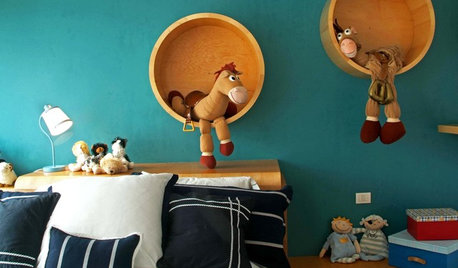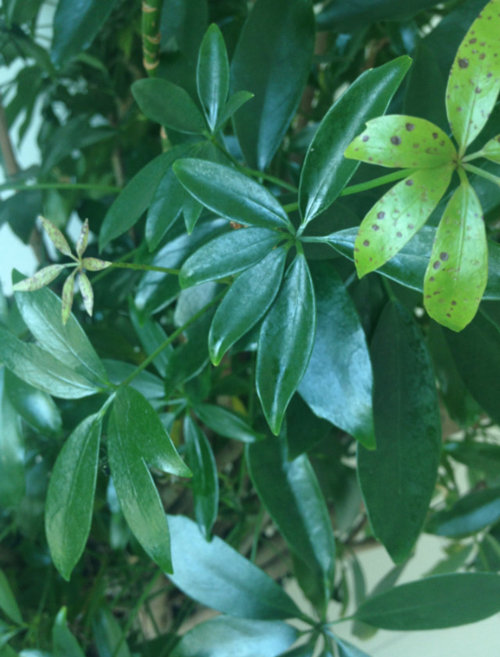Is it a fungus or is it eggs inside the new leaves?
Q8_Sarah
11 years ago
Related Stories

FALL GARDENING5 Ways to Put Fall Leaves to Work in Your Garden
Improve your soil and yard the organic way with a valuable garden booster that grows on trees
Full Story
FURNITUREDesign Tastemaker: Johnny Egg Gives Decor a Twist
Embracing "theatrical minimalism," the British furniture designer crafts statement pieces that will make you look twice
Full Story
HOLIDAYS16 Creative Ways to Hide Easter Eggs
Crack of dawn on Sunday not your ideal thinking time? Just follow our creative egg-hiding ideas and pretend Peter Cottontail did the work
Full Story
ROOM OF THE DAYRoom of the Day: A Maine Guest Cottage Steeped in Charm
Once offering eggs for sale, this little guesthouse now offers a serene experience in a refined rustic setting
Full Story
GARDENING AND LANDSCAPINGBackyard Living: The Scoop on Chicken Coops
Perk up your morning with fresh eggs and chickadee clucks when you build a chicken coop in your own yard
Full Story
TOWNHOUSESHouzz Tour: Color and Light Transform a Brooklyn Townhouse
Bright red and robin’s egg blue accents set off white walls and wood floors in this bright New York family home
Full Story
KITCHEN DESIGNGet Organized for Holiday Baking
Before you crack that first egg, establish a game plan for stress-free success
Full Story
HOUSEPLANTSIndoor Winter Gardens for Cheerier Days
Bring plants inside for drab-days mood boosting — not to mention cleaner indoor air and protection for your greenery
Full Story
GARDENING GUIDESSoutheast Gardener's October Checklist
When you're not toting houseplants back inside or planting cool-season crops, you can start preparing garden beds for next year
Full Story
CHRISTMASReal vs. Fake: How to Choose the Right Christmas Tree
Pitting flexibility and ease against cost and the environment can leave anyone flummoxed. This Christmas tree breakdown can help
Full Story










Q8_SarahOriginal Author
tapla (mid-Michigan, USDA z5b-6a)
Related Professionals
Holly Springs Landscape Architects & Landscape Designers · North New Hyde Park Landscape Architects & Landscape Designers · Oatfield Landscape Architects & Landscape Designers · Rancho Palos Verdes Landscape Architects & Landscape Designers · Roxbury Crossing Landscape Architects & Landscape Designers · Cockeysville Landscape Contractors · Fort Atkinson Landscape Contractors · Fort Payne Landscape Contractors · Hannibal Landscape Contractors · Las Vegas Landscape Contractors · Longview Landscape Contractors · Peachtree City Landscape Contractors · Rockwall Landscape Contractors · North Aurora Landscape Contractors · Chantilly HandymanTiffany, purpleinopp Z8b Opp, AL
tapla (mid-Michigan, USDA z5b-6a)